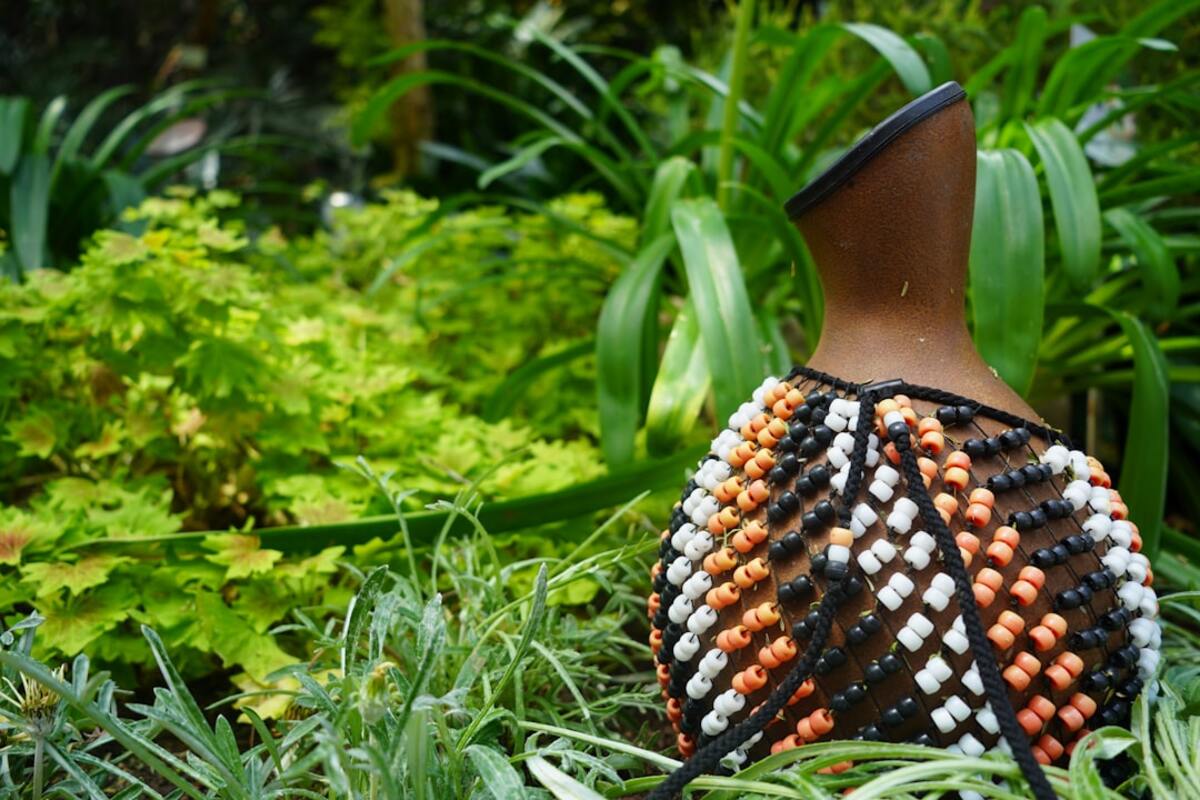The Biodegradable Fashion Revolution: Pineapple Leather
Discover how pineapple leaves are transforming the fashion industry with a sustainable alternative to traditional leather.

- Pineapple leather is an eco-friendly alternative to animal and synthetic leathers.
- The production process of pineapple leather supports sustainable farming practices.
- This innovation is paving the way for biodegradable fashion solutions.
Introduction to Pineapple Leather
In the quest for sustainable alternatives to animal leather, the fashion industry has turned its eyes toward a surprising source: pineapples. Specifically, the fibrous leaves of pineapple plants have been harnessed to create a material known as pineapple leather. This innovative textile is not only vegan and cruelty-free, but it also addresses several environmental concerns associated with traditional leather production.
The Production Process
Pineapple leather, also known as Pinatex, is crafted from the fibers of pineapple leaves, which are a byproduct of the fruit industry. This means that no additional resources are needed for its production, reducing the overall environmental impact. The process begins with the collection of pineapple leaves, which are then stripped of their fibers. These fibers are washed, dried, and processed into a non-woven mesh. This mesh serves as the base material for the final product, which is finished using a variety of treatments to enhance its appearance and feel.
- Sourcing: Pineapple leaves are collected from farms where they would otherwise be discarded.
- Fibering: The leaves are processed to extract fibers, a process that requires minimal energy and water.
- Finishing: The material is finished with non-toxic dyes and coatings to produce a leather-like texture.
Environmental and Social Benefits
The production of pineapple leather offers numerous environmental benefits. For one, it utilizes agricultural waste, thereby minimizing landfill contributions and reducing the need for additional land to grow materials. The process also requires less water and energy compared to the production of traditional leather and synthetic alternatives. Moreover, it avoids the use of harmful chemicals typically involved in leather tanning, thus preventing water pollution.
On a social level, pineapple leather production provides additional income for farmers in countries such as the Philippines, where pineapples are abundantly grown. By creating a market for pineapple leaves, farmers can increase their profitability without expanding their agricultural footprint.
The Fashion Industry's Embrace
Leading fashion brands have begun to incorporate pineapple leather into their designs, signaling a shift towards more sustainable practices. By using biodegradable materials, these brands can reduce their carbon footprint and appeal to eco-conscious consumers. Fashion items ranging from bags and shoes to jackets and accessories are now available in pineapple leather, offering stylish yet sustainable choices for consumers.
Designers are attracted to pineapple leather not only for its sustainability but also for its versatility. The material can be manipulated to resemble traditional leather, offering a wide range of textures and colors. This flexibility allows designers to maintain the aesthetic qualities of their collections while significantly reducing their environmental impact.
The Challenges Ahead
Despite its numerous benefits, the production of pineapple leather is not without challenges. Scaling up the production to meet global demand requires investments in infrastructure and technology. Furthermore, educating consumers about the benefits of pineapple leather is crucial to its acceptance and growth in the market.
Innovations in sustainable materials like pineapple leather showcase the potential for alternative textiles to revolutionize the fashion industry. As technology advances and consumer preferences shift towards eco-friendly options, the role of sustainable materials in fashion is set to expand, paving the way for a more environmentally conscious future.
